Overview of Denver Walking Tours
Denver, nestled in the heart of Colorado, presents an array of walking tours that do more than merely guide you through the city; they immerse you in Denver's essence.
These tours are deep dives into the soul of Denver, offering a comprehensive look at its history, culture, and evolving identity.
Walking tours in Denver vary widely, each crafted to showcase a different facet of this multifaceted city.
For history enthusiasts, some tours transport you back to the gold rush era, a pivotal time in Denver's formation.
These historical explorations provide context to modern Denver's architectural landmarks and storied streets.
Art lovers will find their haven in tours that traverse Denver's thriving artistic landscape.
From the vivid street murals in the RiNo District to the sophisticated galleries downtown, these tours highlight Denver's status as a burgeoning hub for creative minds.
They showcase how art is woven into the city's fabric, coloring its buildings and enlivening its public spaces.
Denver's unique position, where natural beauty meets urban sophistication, makes it an ideal location for walking tours.
The city harmoniously blends the grandeur of the Colorado landscape with the refinement of a modern metropolis.
This fusion is evident as the tours navigate lush parks and bustling city squares, offering a well-rounded experience of Denver's charm.
Each walking tour in Denver invites you to explore and engage with the city's rich tapestry of experiences.
From its historical roots to its contemporary cultural expressions, these tours provide an intimate understanding of what makes Denver a captivating destination.
Whether a resident or a visitor, these walking explorations offer fresh perspectives and deeper connections with the Mile High City.
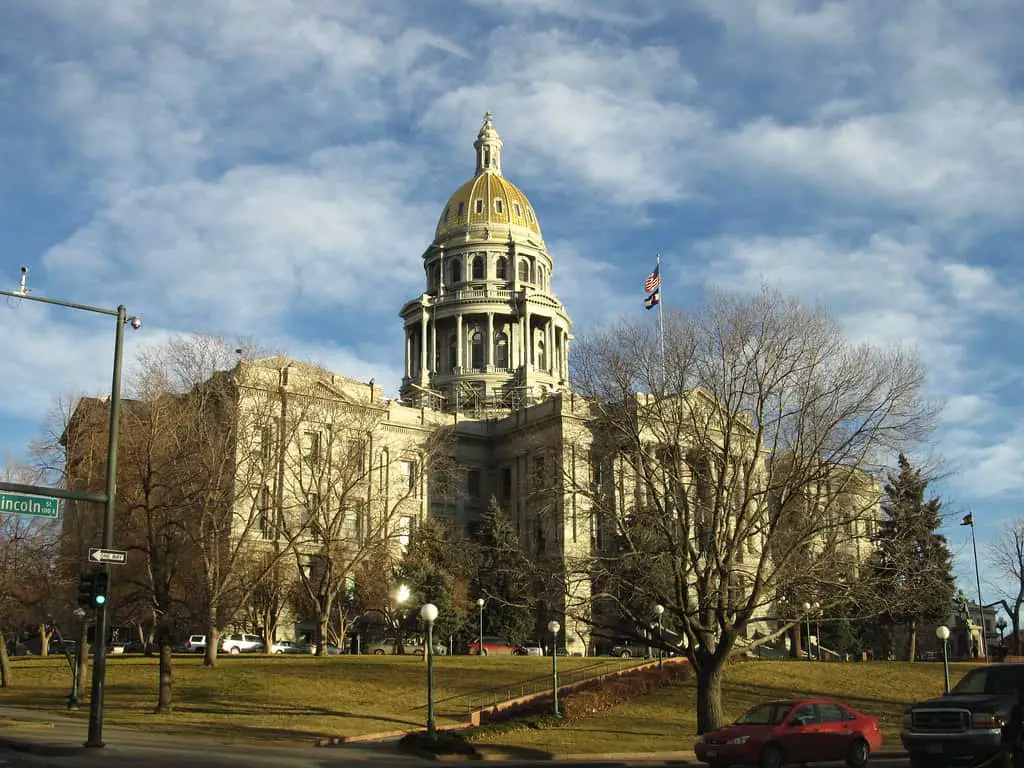
Exploring Denver's Historic Downtown on Foot
The heart of Denver's history beats in its downtown area, a testament to the city's rich heritage that dates back to its founding in 1858.
A stroll through downtown is akin to a journey back in time, where each street corner tells a story, and each building has a tale to narrate.
Larimer Square, Denver's oldest block, established in the 1860s, is a perfect starting point for any historical walking tour.
Here, the blend of old and new Denver becomes most apparent, with Victorian buildings housing trendy boutiques and restaurants, symbolizing the city's evolution.
Union Station, a landmark built in 1881, is among the architectural jewels of downtown Denver.
This historic train station, with its Beaux-Arts façade, is not just a transportation hub but a place for social gathering.
The revitalization of Union Station, completed in 2014, breathed new life into this historic structure, turning it into an epicenter of activity with shops, eateries, and public spaces.
A walking tour through this area highlights the successful blend of preservation and modernization that characterizes much of Denver.
Guided walking tours offered by organizations such as Historic Denver Walking Tours provide an in-depth exploration of these sites.
Their tours delve into stories of Denver's transformation from a gold rush town to the vibrant, modern city it is today.
Participants learn about the significance of landmarks like the Daniels & Fisher Tower, completed in 1910 and once stood as the tallest structure west of the Mississippi.
These tours illuminate the past and showcase how history shapes Denver's identity.
They serve as a reminder of the city's enduring spirit, which has overseen Denver's journey from a frontier town to a bustling metropolis.
The Artistic Side of Denver: Street Art and Murals
Exploring River North Art District (RiNo)
Denver's artistic expression peaks in the River North Art District, known as RiNo.
A once-industrial area, RiNo has become a canvas for contemporary artists, particularly since the early 2000s.
Walking through its streets, one is surrounded by an explosion of colors and creativity.
The district's walls and alleyways host some of the city's most captivating street art.
The annual Crush Walls festival began in 2010 and is pivotal in this transformation.
Each year, local and international artists converge in RiNo, leaving behind a fresh collection of murals that captivate and challenge viewers.
Iconic Murals and Their Stories
Larimer Lounge stands out in RiNo for its stunning murals.
These artworks are more than just visual treats; they narrate stories of the city, its people, and its culture.
The murals change regularly, but each iteration captures a moment in Denver's ongoing urban narrative.
Visitors can discover the layers of these stories through guided tours, like those offered by Denver Graffiti Tour.
These tours provide an insight into the artists' visions, the murals' thematic elements, and their connection to Denver's cultural landscape.
The Role of Street Art in Denver's Culture
Street art in Denver is an aesthetic addition to the urban landscape and an integral part of the city's cultural identity.
The murals in RiNo and beyond reflect Denver's diverse community, its history, and its aspirations.
They have become landmarks in their own right, attracting art enthusiasts and tourists alike.
Through these walking tours, one can appreciate how street art has become a dynamic and powerful medium for storytelling and community expression in Denver.
Each piece adds vibrancy to the city's streets and sparks conversations and connections among those who encounter them.
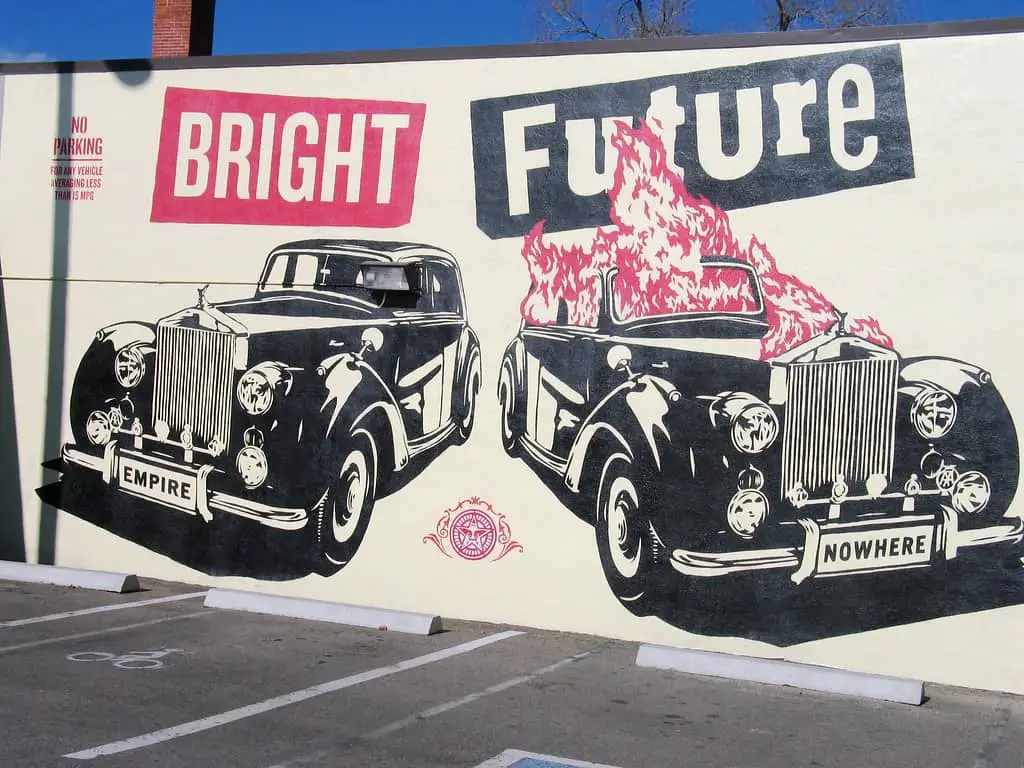
The Flavors of Denver: Culinary Walking Tours
Denver's Historic Eateries and Markets
Denver's culinary scene is as diverse and rich as its history.
At the forefront of this gastronomic journey is The Buckhorn Exchange, the city's oldest eatery, which opened in 1893.
This historic restaurant is famed for its Old West ambiance and game meats, providing a taste of Colorado's culinary heritage.
In stark contrast, yet equally significant, is the Denver Central Market.
Opened in 2016, this food market in the RiNo district has quickly become a hub for food lovers, offering a variety of local artisan foods and beverages.
These places form essential stops in Denver's culinary walking tours, showcasing the city's evolution from historic flavors to contemporary cuisines.
Taste of Denver Food Tours: A Culinary Adventure
Taste of Denver Food Tours offers an immersive experience for those exploring Denver's diverse food offerings.
These tours combine the historical aspects of Denver's food evolution with the opportunity to savor local dishes.
Participants indulge in various culinary delights, from traditional Rocky Mountain fare to innovative, modern cuisine.
The tours provide a taste of Denver's best eats and share the stories and traditions behind them, offering a deeper understanding of the city's food culture.
Exploring Neighborhood Food Scenes
Each neighborhood in Denver has its unique flavor, and culinary walking tours are the perfect way to explore these diverse food landscapes.
From the historic bakeries in the Italian neighborhood of North Denver to the burgeoning food scene in the South Pearl area, these tours offer a comprehensive look at the city's gastronomic diversity.
These guided walks are about tasting food and experiencing the cultural and communal aspects of dining in Denver.
As participants walk from one establishment to another, they learn about the city's culinary history and witness the vibrant community life around food in Denver.
Denver's Botanic Splendors: Exploring Public Gardens and Parks
The Denver Botanic Gardens: A Floral Oasis
Nestled in the city's heart, the Denver Botanic Gardens are a testament to the city's love for nature.
Founded in 1951, the Gardens have evolved into a sprawling 23-acre oasis boasting diverse plants, flowers, and themed gardens.
Among its most notable features are the Japanese Garden, which showcases traditional design elements, and the Marnie's Pavilion, which features exotic tropical and subtropical species.
These gardens are a place for strolls and a botanical research and conservation center.
Guided tours here offer insights into the unique ecosystems and plant species, making it a must-visit for nature enthusiasts and casual visitors.
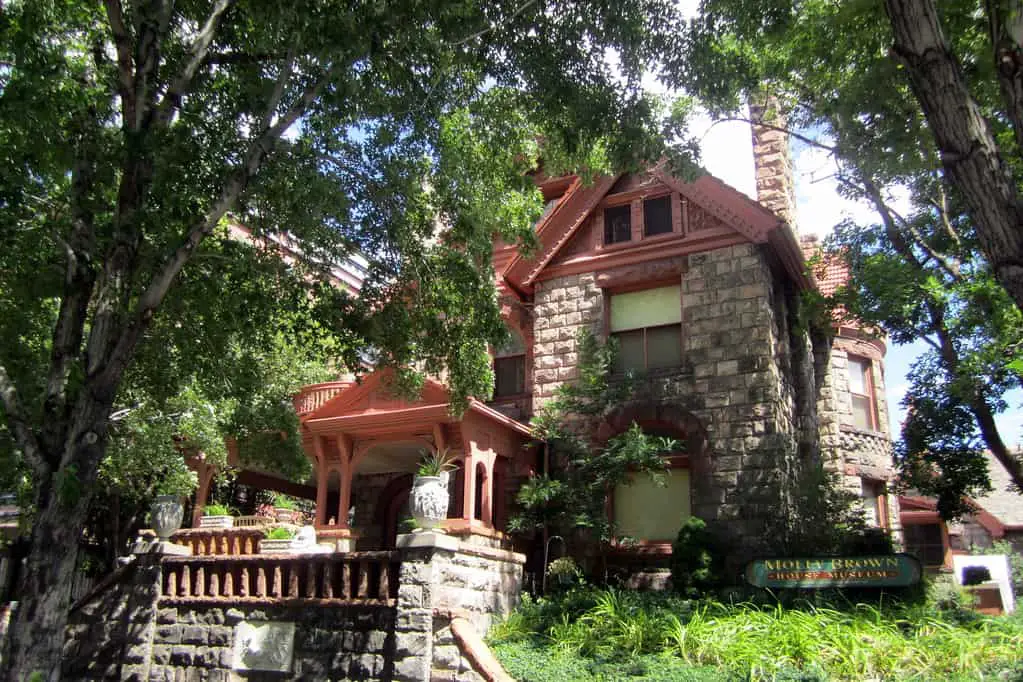
Washington Park: A Historic and Scenic Retreat
Washington Park, affectionately known as Wash Park, established in 1899, is another gem in Denver's collection of green spaces.
This 165-acre park is renowned for its picturesque paths, two lakes, and expansive flower gardens.
It's a place where history and nature intertwine, with the park's design influenced by the famous landscape architect Reinhard Schuetze.
The park's charm lies in its natural beauty and role as a community gathering space, hosting events and activities year-round.
Walking tours through Wash Park provide a glimpse into Denver's past and present, revealing its historical significance and continued relevance in the city's urban fabric.
The Role of Public Spaces in Denver's Urban Landscape
Denver's dedication to maintaining and improving its public areas shines through in its abundant parks and gardens.
These verdant spaces are essential to the city's urban fabric, providing a peaceful haven for locals and visitors amid the hustle of urban living.
Tours through these areas highlight the importance of urban greenery for environmental sustainability, community well-being, and cultural enrichment.
They reflect Denver's dedication to creating harmonious urban ecosystems where nature and city life coexist.
By exploring these verdant spaces, visitors gain an appreciation for the careful planning and community effort that goes into maintaining these vital aspects of Denver's identity.
Haunted Denver: Ghost Tours and Historic Mysteries
Unveiling the Mysteries of the Molly Brown House
A prominent feature in Denver's array of haunted locales is the Molly Brown House, built in 1887.
This Victorian mansion, once home to the famous Titanic survivor Margaret "Molly" Brown, has long been shrouded in paranormal tales.
Rumors of ghostly sightings and unexplained occurrences have made it a focal point for ghost tours in Denver.
These tours delve into the history of the house and its most famous residents, intertwining facts with folklore to create a captivating narrative.
Visitors are offered a unique glimpse into Denver's past, where history and mystery meet.
Nightly Spirits Denver: A Blend of History and Hauntings
Nightly Spirits Denver has carved a niche in ghost tours by offering an experience combining historical facts with paranormal tales.
Their tours take visitors through some of the most haunted spots in Denver, revealing the city's eerie and often hidden side.
These tours are not just about scare tactics; they are meticulously researched to provide historical context to the ghost stories, making them a favorite among history buffs and thrill-seekers.
The guides' storytelling brings to life the legends of haunted Denver, creating an immersive experience that is both educational and spine-tingling.
Exploring Denver's Haunted History
The ghost tours of Denver offer more than just a walk through spooky sites; they provide a deeper understanding of the city's history.
Many of the haunted locations are tied to significant historical events or figures, adding a layer of intrigue to Denver's past.
These tours highlight how stories of hauntings and the supernatural are woven into the fabric of local history.
They serve as a reminder that every city has its shadows and mysteries, and Denver is no exception.
Through these tours, participants explore the ghostly tales of Denver and gain insight into the city's historical landscape, where legends and reality often intertwine.
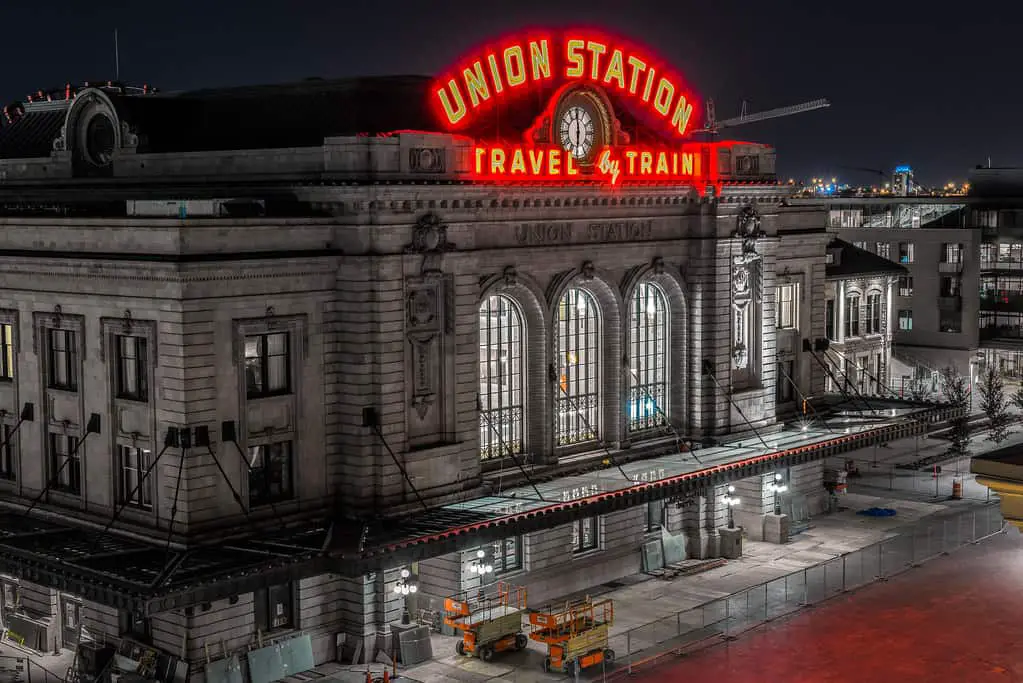
The Retail Heart of Denver: Shopping Districts and Local Stores
The 16th Street Mall: A Bustling Shopping Hub
The 16th Street Mall, opened in 1982, is a centerpiece of Denver's retail landscape.
This mile-long, pedestrian-friendly boulevard is lined with national chains and local boutiques, offering a diverse shopping experience.
The Mall's unique design, featuring a pattern of colored granite that mimics the skin of a diamondback rattlesnake, adds to its appeal.
It's more than just a shopping destination; it's a vibrant public space where street performers, outdoor cafes, and seasonal events create a lively atmosphere.
Guided walking tours along the Mall provide insights into its development and importance to Denver's urban setting.
Tattered Cover Book Store: A Denver Institution
A highlight of Denver's local retail scene is the Tattered Cover Book Store, established in 1971.
Known for its vast collection and cozy ambiance, Tattered Cover has become a haven for book lovers.
As one of the largest independent bookstores in the United States, it holds a special place in the hearts of Denver's residents.
With its rich history and commitment to fostering a love of reading, this store is often featured in walking tours focused on Denver's local businesses.
Visiting Tattered Cover is not just about browsing books; it's an experience that reflects Denver's culture and community values.
Exploring Denver's Unique Shops and Boutiques
Denver's shopping tours extend beyond the main streets into the heart of its neighborhoods, where unique shops and boutiques offer a more intimate retail experience.
Areas like Cherry Creek North and South Pearl Street are known for their eclectic mix of stores, ranging from high-end fashion boutiques to artisanal craft shops.
These tours highlight the importance of supporting local businesses and their role in maintaining the city's distinctive character.
They also offer a glimpse into Denver's creative spirit, as many of these stores are not just retailers but also showcase local art and craftsmanship.
Through these explorations, visitors and residents alike appreciate the diversity and richness of Denver's retail scene.
The Industrial Evolution of Denver: LoDo and RiNo Districts
The Historical Transformation of Lower Downtown (LoDo)
Lower Downtown Denver, known as LoDo, presents a remarkable urban revival and preservation story.
Tracing its roots back to the 1850s, LoDo was the original heart of Denver, bustling with activity and commerce.
However, by the mid-20th century, the area had fallen into decline.
The revival began in the late 1980s, spearheaded by preservation efforts and establishing the LoDo Historic District in 1988.
Today, LoDo is a vibrant mix of old and new, where restored historic buildings house trendy restaurants, shops, and art galleries.
Walking tours in LoDo delve into its transformation, highlighting landmarks like the Union Station and the Wynkoop Brewing Company, established in 1988 as Denver's first craft brewery.
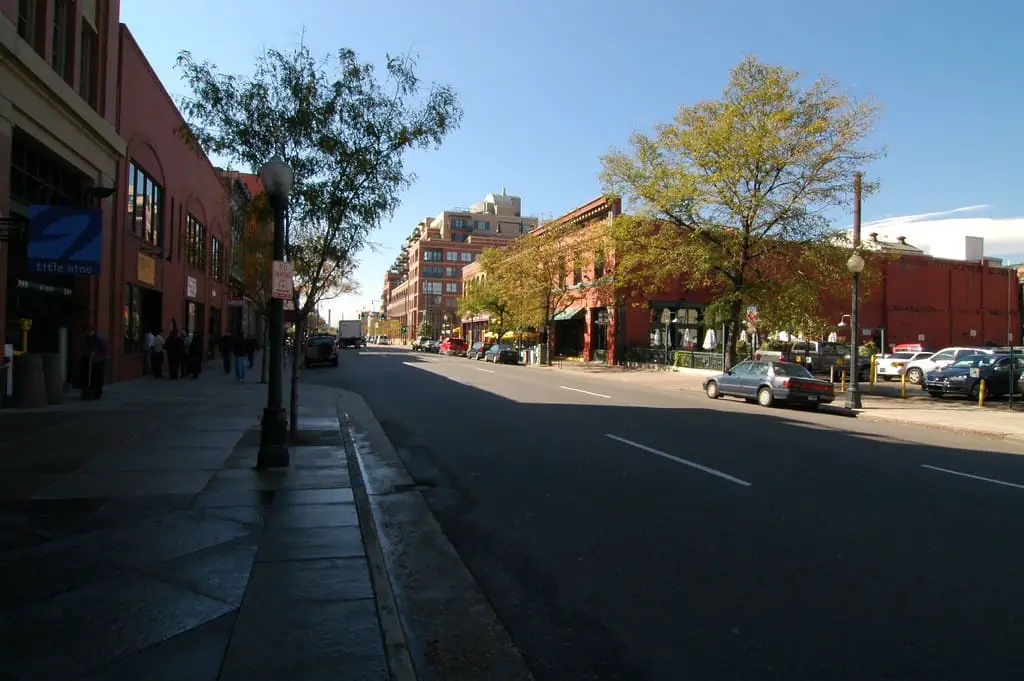
River North Art District (RiNo): From Industrial Hub to Artistic Haven
RiNo, or the River North Art District, represents another facet of Denver's industrial evolution.
Once a hub for warehouses and factories, RiNo has reinvented itself into a center for art and creativity.
This change began in the early 2000s, driven by the influx of artists and creative businesses attracted to the area's expansive spaces and industrial character.
Today, RiNo is synonymous with Denver's contemporary art scene, known for its vibrant street art, galleries, and creative spaces.
Guided tours through RiNo showcase the district's dynamic blend of old industrial structures repurposed into creative havens, epitomizing the adaptive reuse trend in urban design.
The Impact of Revitalization on Denver's Character
The transformation of LoDo and RiNo is not just about urban development; it reflects Denver's ability to adapt and grow while respecting its past.
These districts exemplify how thoughtful revitalization can breathe new life into old neighborhoods, creating spaces that celebrate history and foster innovation.
Walking tours through these areas offer a narrative of change, from their industrial origins to their current status as cultural and social hubs.
They highlight the importance of preserving historical character while embracing modernity, a balance that has become a hallmark of Denver's urban identity.
This evolution underscores the city's commitment to sustainable development and its dedication to creating vibrant, livable communities.
Music and Performance in Denver: Venues and Street Performers
The Historic Paramount Theatre: A Cultural Landmark
The Paramount Theatre, opened in 1930, is a historic landmark in Denver's music and performance scene.
This art deco masterpiece, listed on the National Register of Historic Places, has hosted diverse performances, from silent movies to modern concerts.
The theatre's rich history is a testament to Denver's longstanding appreciation for the arts.
Walking tours that include the Paramount Theatre offer a glimpse into the city's entertainment history, detailing the evolution of this iconic venue from a movie palace to a destination for live performances.
The Denver Performing Arts Complex: A Hub for Creativity
Another cornerstone of Denver's performing arts scene is the Denver Performing Arts Complex.
This impressive cultural facility, one of the largest in the United States, houses ten performance spaces and is home to various arts organizations.
It plays a central role in Denver's cultural landscape, hosting Broadway shows, opera, ballet, and symphony concerts.
Tours of the complex provide insights into the architectural design and the importance of this venue in fostering Denver's artistic community.
The complex is not just a place for formal performances; it also serves as a gathering spot for local street performers, adding a vibrant and spontaneous element to the area.
Street Performers: The Pulse of Denver's Streets
Denver's street performers bring an additional layer of charm and vitality to the city.
These artists, found in areas like the 16th Street Mall and around the Denver Performing Arts Complex, contribute to the city's lively atmosphere.
They range from musicians and magicians to dancers and living statues, each adding unique flavor to Denver's streets.
Walking tours focusing on street performance culture provide an up-close experience of this dynamic aspect of city life.
These performers entertain and reflect the diverse talents and creativity within the community.
They play an integral role in making Denver's public spaces more engaging and culturally rich.
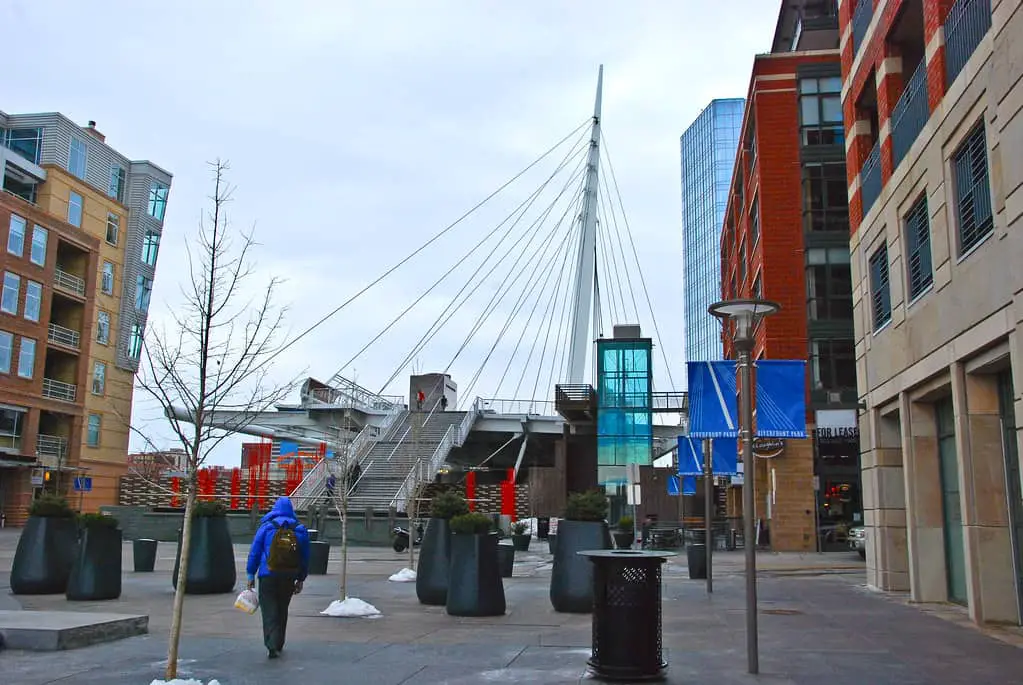
The Tapestry of Denver's Walking Tours
A City Explored on Foot
Denver's walking tours offer a rich tapestry of experiences, each representing a unique aspect of the city's character.
These tours paint a comprehensive picture of Denver, from the historic downtown to the vibrant street art of RiNo, the culinary adventures, and the echoes of the past in ghostly tales.
They allow locals and visitors alike to step into the shoes of those who walked these streets in different eras, providing a sense of connection to the city's multifaceted history.
The Essence of Denver's Identity
These tours do more than showcase Denver's attractions; they reveal the essence of the city's identity.
They highlight the blend of history and modernity, the respect for nature amidst urban growth, and the thriving artistic and cultural scene.
Each tour is a journey through Denver's living, breathing story, showing how the city has grown and adapted while staying true to its roots.
They demonstrate Denver's commitment to preserving its heritage and celebrating its evolution.
Inviting Exploration and Understanding
In conclusion, Denver's walking tours invite exploration and understanding.
They offer a chance to discover the hidden gems and well-known landmarks that make Denver a unique and beloved destination.
Whether through the lens of history, art, food, nature, or shopping, these tours provide a richer, deeper understanding of what makes Denver, CO, a city worth exploring time and again.
